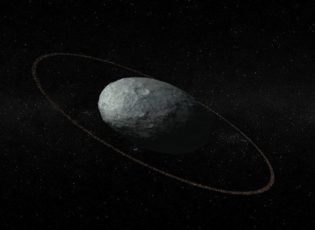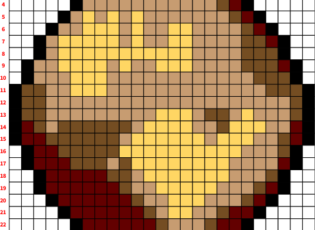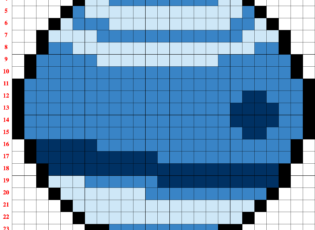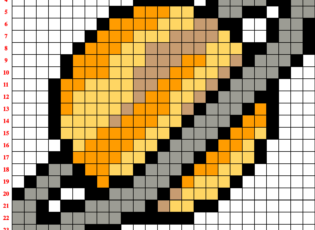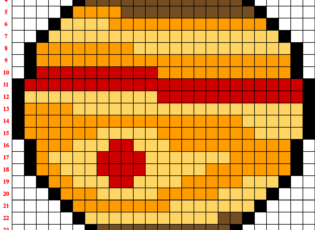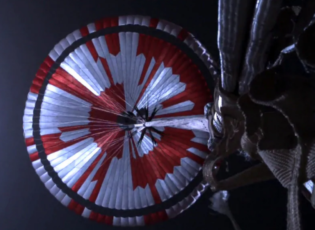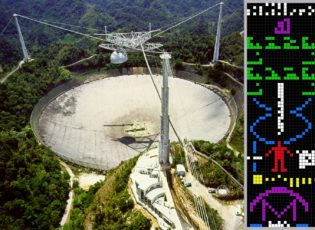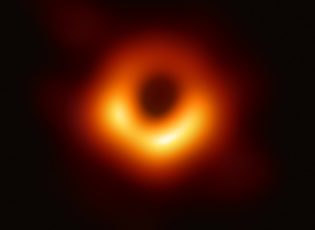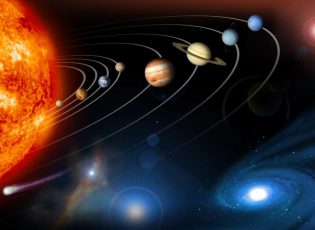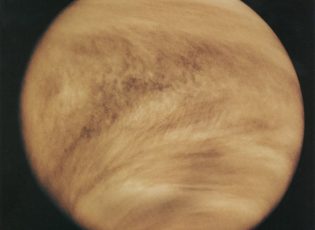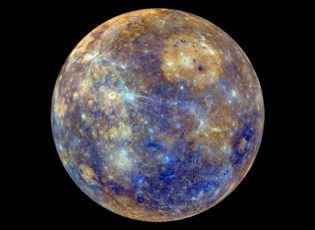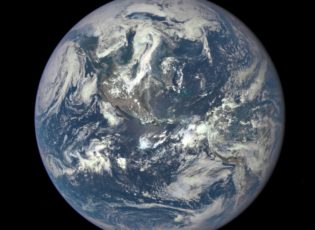Haumea, the Hawaiian dwarf Planet
Haumea, or rather 136108 Haumea, whose discovery was officially announced in 2005, has been classified by the International Astronomical Union as a dwarf planet in 2008, and named after a Hawaiian goddess of fertility. The other recognized dwarf planets are Pluto, Ceres, MakeMake and Eris. It is part of the “trans-neptunian” objects, namely beyond the orbit of Neptune, and is placed in the Kuiper belt. It has a size comparable to Pluto, an “elongated” form like a rugby ball, and is quite bright, the third brightest star in the Kuiper belt, after Pluto and Makemake,LEGGI TUTTO

